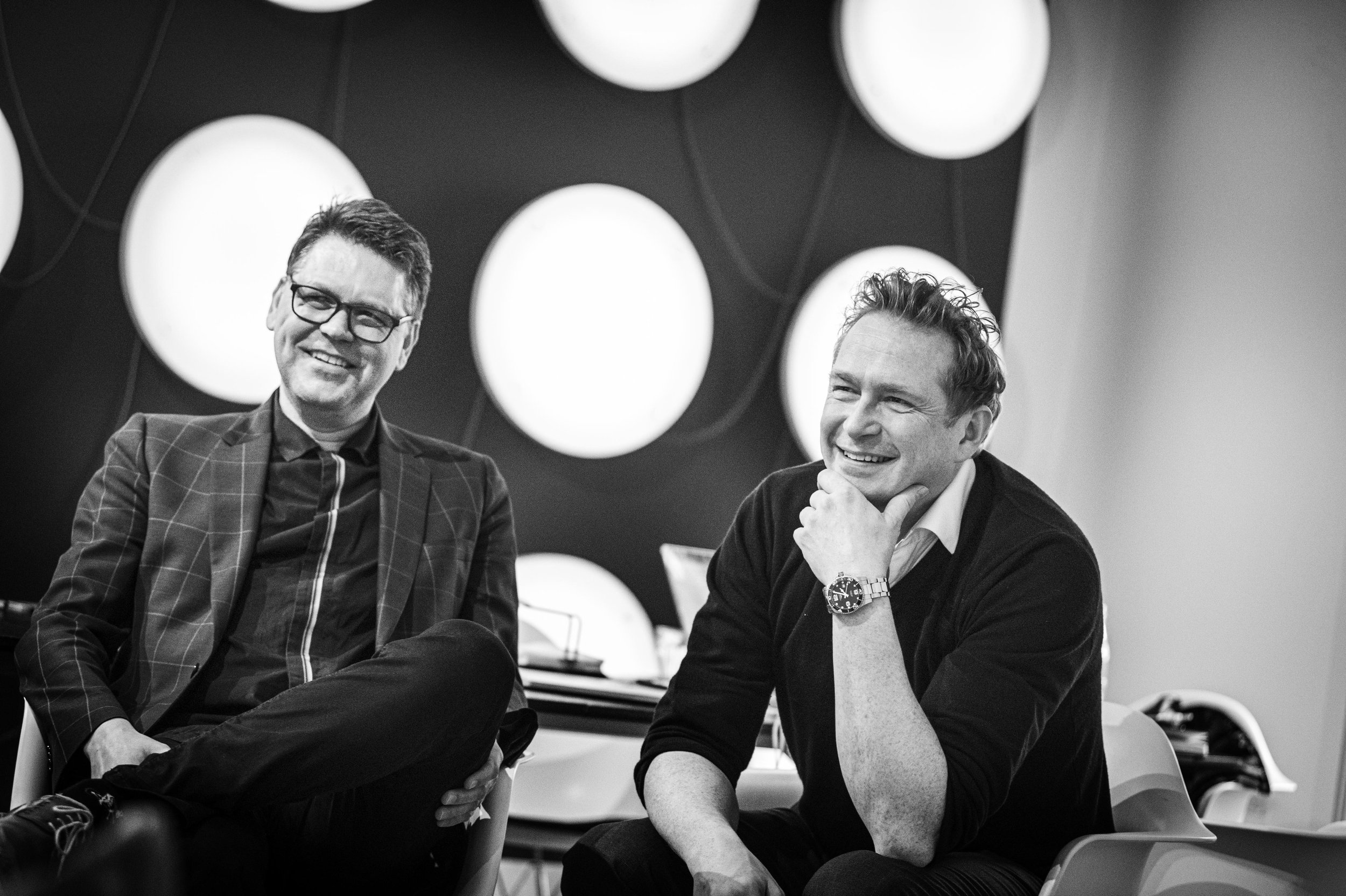
Book a speaker
KASPER SIERSLEV
Kasper is an award-winning marketeer and creative. He has worked with big international brands such as Apple, Lego, and Mars, and has built and led in-house creative departments at Maersk, Georg Jensen, and other organizations and brands. Kasper has more than 20 years of experience in the advertising industry and has also worked as an illustrator and storyboard artist. He is a frequent keynote speaker at marketing events.
-
Creativity is key to success. It is the basis for innovation. Regardless of the area, you work in, your ability to solve complex problems and find new solutions will be the result of your creative thinking skill. Like any skill, it can be developed. There are many tips on what one can do to train the brain to explore new territories.
Kasper focuses on the best tips, which will help you and your team to develop strong creative thinking.
-
…How to design your in-house workflows and set up your team to work more efficiently.
Businesses love predictability. However, creativity is—by definition—hard to predict. But while the creative part of coming up with ideas and developing your marketing campaigns is sometimes viewed as a black box, the production side shouldn’t be. While crafting the overall concept and campaign headlines may be challenging to put into a formula, the process is relatively easy to produce. It may be complex but not complicated. And by having a transparent process throughout the campaign development phase, the production phase, and the activation phase, everyone knows what to do when and where.
-
Recruiting, Interviewing, Hiring, and Professional Development Best Practices
Great teams are nurtured, not constructed. You can’t throw a band of creative people together into a room and call it a day. You must give them the right conditions and direction to bring out their best.
-
Tips and Best Practices: Workflow Tool Selection
One of the most significant differences you will experience in transitioning from a traditional agency-based setup to your Win-Win-House is the sudden need to access and control your assets, messaging, and resource planning.
Depending on how much and which parts of your marketing you are moving in-house, you will need some tools—your Marketing Technology (MarTech) Stack. This is the group of technologies that you will use to analyze, execute, and improve your marketing across your customer life cycle.
Kasper talks about…
PEER BRÆNDHOLT
Peer Brændholt is the CEO of ZITE and an award-winning marketeer and strategist with more than 20 years of experience. He has worked internationally with corporate identity, brand identity, and brand activation on global brands such as ARLA FOODS, BP, GRUNDFOS, and DANFOSS. He was both a strategic adviser and managing director at Ogilvy Aarhus, and later worked as CEO and partner for independent agencies. Peer regularly contributes to industry seminars and workshops on branding, communication, marketing excellence, and organization.
-
How to organize your in-house team and how to make the spilt between your in-house setup and your external agencies
In our opinion, there is a “right way” and a “wrong way” of building an in-house agency. However, we also acknowledge that there are various ways you can create your in-house setup. You can start out small and build from that, or you can dream big and launch everything at once with a big bang.
When it comes to the Win-Win-House, we have one tried and tested way of establishing it. Before we even begin, we always conduct an in-depth analysis of what to have sitting in-house within your organization, what to bring in when you need that creativity on top of everything, and what you can scale and build more effectively with an offshore setup.
-
How to design and measure KPIs for your in-house team
The role of a Win-Win-House operating as an internal creative and content marketing team is different from a typical marketing team since you now wear two hats: the creator of content and marketing materials and the buyer of it. This sometimes causes confusion and conflicts within the organization. Therefore, it is important to know the impact of what you are doing, the cost of everything from creation to activation, and how to prepare and present the results of your campaigns to your organization.
How do you, as a marketeer who’s trying a lot of new and continuously changing things in the digital world, figure out how you can model, measure, and estimate the impact that your work is having on your business objectives?
-
How to stay up-to-date with your in-house agency
Some people think that creative culture is all about the hustle. Shows like Mad Men—where you see the creative teams working late into the night, fine-tuning designs and copy for client presentations—have probably provided this perception. But the truth is, creative culture is all about your people—both the people in the Win-Win-House and the people in the rest of the marketing organization.
In fact, the aspects that make up your company culture are probably more about how those people cooperate and work together, how you treat your employees, and the relationship and integration of the Win-Win-House. And while all companies should care about creativity, if you’re in a creative industry, guaranteeing that your people have all they need to be their most innovative and creative selves is also a crucial part of nurturing a healthy corporate culture.
-
How the in-house creative industry is doing. Which roles are in-housed and where do we see its going


